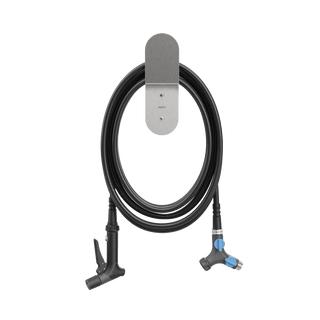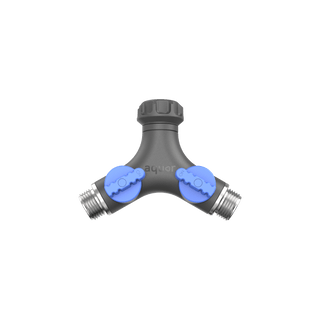How to Properly Winterize Your House Hydrant

Aquor’s outdoor faucets can help protect your home’s plumbing once freezing temperatures hit. Let’s make sure you’re maximizing this frost protection! No one wants to deal with burst pipes.
Yes, Aquor’s hydrants are composed of 316L marine-grade stainless steel, which insulates up to 7x better than brass. The hydrant automatically drains excess water when the connector is unplugged, eliminating the chances of water freezing inside the hydrant body—no foam covers needed.

When choosing which hydrant you need for your home, go with the longest length possible for maximum freeze protection. Frost protection does depend on your home's insulation and interior temperature. If you have great insulation but don't heat your home sufficiently in the winter, it's still possible that your pipes could freeze! If you're feeling like a popsicle inside your home for days on end, your pipes may be getting frosty as well.

This House Hydrant needs extra insulation since it's installed into an exterior garage wall. Garage interiors typically aren't as well insulated as the home itself, or heated for that matter.

Here’s a simple image highlighting two hydrant lengths, the 4” and close-couple, installed into a brick home. The 4” hydrant will be protected in this scenario, since the back end where the water shuts off is located within an insulated wall (assuming the house is properly heated). The close-couple hydrant will not be sufficiently protected and is at risk for freezing. Brick can be different thicknesses, so make sure you know your brick before selecting a hydrant!
Aquor’s hydrants are tested to withstand temperatures down to -30°F, which is pretty darn cold. If you’re living up north in polar bear territory, consider ordering a longer stem. We can produce custom lengths for the frostiest of regions.

Not sure which hydrant size is best for your home? Take our stem length quiz, or chat with an Aquor team member. We’re always happy to help!
Additional steps you can take to maximize freeze resistance include installing a water shut-off valve where the hydrant connects to your plumbing, so you can shut the water off entirely if temperatures get extra chilly.
If you’re building a new home, or updating the plumbing in your current residence, consider PEX. Among countless other benefits, PEX is the most resistant to cracking due to freezing, thanks to its ability to expand.
Want to learn more about why we recommend PEX over copper? Read this article.
Disconnecting your hose connector when not in use, plus storing your connectors and drained garden hoses in a warm spot during the winter are good habits to practice as well.

If you’re reading this and it’s too late… we'll help you figure out what to do if your home’s pipes burst.











